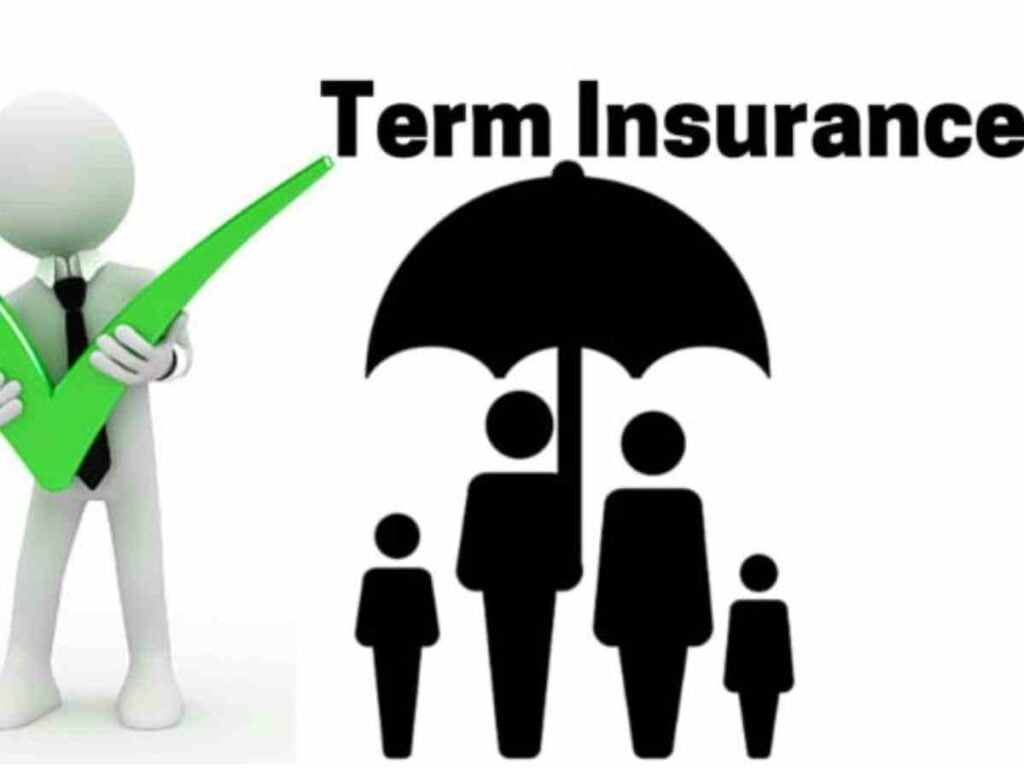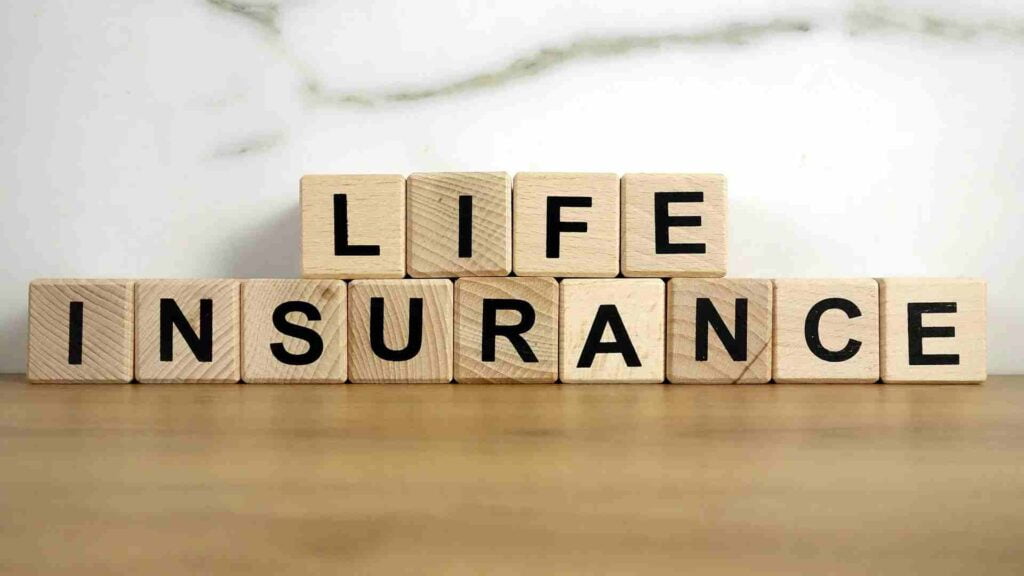Life insurance is a crucial financial tool that provides a safety net for your loved ones in the event of your untimely demise. But did you know that it can also serve as a financial resource during your lifetime? One lesser-known aspect of certain types of life insurance policies is their potential use as collateral for loans. This means that, under specific circumstances, you can borrow money against the value of your life insurance policy. This can provide a lifeline in times of financial stress, but it’s not without its complexities and potential pitfalls. In this article, we will explore the concept of using life insurance as collateral, delve into the process, and weigh the pros and cons to help you make an informed decision.
Introduction to Life Insurance

Life insurance is a financial product designed to provide a safety net for your loved ones in the event of your death. Essentially, it offers a payout, known as a death benefit, to your beneficiaries upon your passing. This benefit can help cover various expenses, such as funeral costs, mortgage payments, outstanding debts, and even replace lost income to support your family’s financial needs.
Life insurance policies come in various forms, but the two primary types are term life insurance and permanent life insurance. Term life insurance provides coverage for a specific period, usually ranging from 10 to 30 years, and pays out the death benefit if you die during the term. Permanent life insurance, on the other hand, offers coverage for your entire life and includes a savings component, known as cash value, which accumulates over time and can be accessed during your lifetime.
Overall, life insurance serves as a crucial financial tool to protect your loved ones and provide peace of mind knowing that they will be financially secure in the event of your death.
Understanding Collateral
Collateral is an asset that a borrower pledges to a lender to secure a loan or line of credit. It serves as a form of security for the lender, reducing the risk of default by the borrower. If the borrower fails to repay the loan according to the terms of the agreement, the lender has the right to seize the collateral and sell it to recover the outstanding debt.
Types of Collateral: Collateral can take various forms, including:
- Real Estate: Property such as homes, land, or commercial buildings can be used as collateral for loans.
- Vehicles: Cars, trucks, boats, and other vehicles can serve as collateral for auto loans or secured personal loans.
- Financial Assets: Investments like stocks, bonds, mutual funds, or savings accounts can be pledged as collateral for loans.
- Equipment: Business equipment or machinery may be used as collateral for loans related to business operations.
- Inventory: Businesses can use their inventory as collateral for financing.
- Life Insurance Policies: Certain types of life insurance policies, particularly those with cash value such as whole life or universal life insurance, can be used as collateral for loans.
Role in Lending: Collateral provides assurance to lenders that they have recourse if the borrower defaults on the loan. It allows borrowers to access financing they might not otherwise qualify for or to secure more favorable terms, such as lower interest rates or higher loan amounts.
Valuation and LTV Ratio: Lenders typically assess the value of the collateral and determine a loan-to-value (LTV) ratio, which is the ratio of the loan amount to the value of the collateral. Lenders may only lend up to a certain percentage of the collateral’s value to mitigate their risk.
Risk and Benefits: While collateral offers benefits to both borrowers and lenders, it also carries risks. Borrowers risk losing their collateral if they default on the loan, while lenders face the possibility of losing money if the collateral’s value depreciates or if there are challenges in selling it.
Understanding collateral is crucial when considering using life insurance as collateral for a loan. It’s important for borrowers to carefully evaluate their options, understand the terms of the loan agreement, and assess the potential risks and benefits involved.
What Does It Mean to Use Life Insurance as Collateral?

Using life insurance as collateral refers to pledging the cash value or death benefit of a life insurance policy as security for a loan or line of credit. In this arrangement, the policyholder borrows money from a lender, using the cash value or death benefit of their life insurance policy as collateral to secure the loan.
When a life insurance policy is used as collateral, the policyholder retains ownership of the policy, but the lender holds a security interest in the policy until the loan is repaid. If the borrower defaults on the loan, the lender has the right to access the collateral (i.e., the cash value or death benefit of the life insurance policy) to recover the outstanding debt.
It’s important to note that the death benefit of your policy could be affected if you use your life insurance as collateral. If you were to pass away before the loan is fully repaid, the lender would receive the amount you owe from the death benefit, and the remainder would go to your beneficiaries.
This option can be beneficial if you need a loan and have a life insurance policy with a substantial cash value.
Types of Life Insurance Policies That Can Be Used as Collateral
Several types of life insurance policies can be used as collateral for loans. The suitability of a policy for collateral purposes may depend on its features and the requirements of the lender. Here are the main types of life insurance policies commonly used as collateral:
- Whole Life Insurance: Whole life insurance provides coverage for the insured’s entire life, as long as premiums are paid. These policies typically accumulate cash value over time, which policyholders can borrow against or use as collateral for loans.
- Universal Life Insurance: Universal life insurance offers more flexibility than whole life insurance, allowing policyholders to adjust their premiums and death benefits over time. Like whole life insurance, universal life policies accumulate cash value that can be used as collateral.
- Variable Life Insurance: Variable life insurance policies allow policyholders to invest their cash value in various investment options, such as stocks, bonds, or mutual funds. The cash value fluctuates based on the performance of the underlying investments, and policyholders can use it as collateral for loans.
- Variable Universal Life Insurance: Variable universal life insurance combines the features of universal life insurance with the investment options of variable life insurance. Policyholders have flexibility in premium payments and investment choices, and they can use the cash value as collateral for loans.
- Indexed Universal Life Insurance: Indexed universal life insurance policies offer the potential for cash value growth based on the performance of a stock market index, such as the S&P 500. Policyholders can access the cash value and use it as collateral for loans.
- Term Life Insurance (Rare): While less common, some lenders may accept term life insurance policies as collateral for loans. However, since term life insurance does not typically accumulate cash value, the policy’s death benefit may serve as collateral instead.
It’s essential to check with the lender to determine their specific requirements for using a life insurance policy as collateral.
The Process of Using Life Insurance as Collateral
Using life insurance as collateral involves a series of steps. Here’s a general overview of the process:
- Policy Review: First, you need to confirm that your life insurance policy has a cash value component and allows for loans. This is typically possible with permanent life insurance policies like whole life, universal life, or variable life insurance.
- Contact Your Insurance Company: Reach out to your insurance company to inquire about the process of using your policy as collateral. They can provide you with the necessary paperwork and guide you through the process.
- Loan Application: Apply for the loan with a lender. This could be a bank, credit union, or other financial institution. In the application, you’ll indicate that you’re using your life insurance policy as collateral.
- Collateral Assignment: If the loan is approved, you’ll need to complete a collateral assignment form. This is a legal document that gives the lender a claim against the cash value of your policy if you default on the loan.
- Insurance Company Confirmation: The collateral assignment form is sent to the insurance company for their records. The insurance company will then send a letter confirming the assignment of the policy to the lender.
- Loan Disbursement: Once everything is in order, the loan funds are disbursed to you.
Remember, the specifics of this process can vary depending on the insurance company and the lender. It’s also important to understand the potential risks and implications, such as the impact on your death benefit and potential tax consequences.
Advantages and Disadvantages
Using life insurance as collateral for a loan can be a viable option in certain circumstances, but it’s important to weigh the pros and cons before proceeding.
Pros:
- Access to Cash: If you have a permanent life insurance policy with a cash value component, you can access this cash without having to surrender the policy.
- No Credit Check: Since the loan is secured against your life insurance policy, lenders typically do not require a credit check.
- Flexible Repayment Terms: The repayment terms for these types of loans are often more flexible than traditional loans.
- Potential Tax Benefits: In some cases, the loan may not be subject to income tax, as it’s considered a debt rather than income.
Cons:
- Reduced Death Benefit: If you die before the loan is repaid, the outstanding loan amount will be deducted from the death benefit, reducing the amount your beneficiaries receive.
- Potential Policy Termination: If the loan and interest amount exceed the cash value of the policy, the policy could be terminated.
- Interest Accumulation: The loan will accumulate interest, which if not paid, can increase the amount you owe and decrease your policy’s cash value and death benefit.
- Possible Tax Implications: If the policy lapses with an outstanding loan, it could be considered a distribution and be subject to income tax.
Remember, it’s crucial to consult with a financial advisor before deciding to use your life insurance policy as collateral for a loan. They can help you understand the potential implications based on your specific situation and financial goals.
Alternatives to Using Life Insurance as Collateral
There are several alternatives to using life insurance as collateral for a loan:
- Personal Loans: These are unsecured loans that don’t require collateral. They are based on the borrower’s creditworthiness. However, they often come with higher interest rates.
- Home Equity Loans or Lines of Credit: If you own a home and have built up equity, you might consider a home equity loan or a home equity line of credit (HELOC). These loans use your home as collateral.
- 401(k) Loans: Some retirement plans allow you to borrow against the money you’ve saved. It’s important to understand the risks, including the potential for penalties and taxes if you don’t repay the loan as agreed.
- Peer-to-Peer Lending: This is a method of debt financing where individuals can borrow and lend money without the use of an official financial institution as an intermediary.
- Credit Card Cash Advances: Some credit cards offer cash advances. But these can come with high fees and interest rates, so they should be considered carefully.
- Family and Friends: Sometimes, borrowing from family or friends can be an option. This can often be less formal and potentially have lower interest rates, but it’s important to treat these arrangements seriously to avoid damaging relationships.
Can A Friend Be A Life Insurance Beneficiary?
Remember, each of these options has its own risks and benefits. It’s important to do your research and possibly consult with a financial advisor before making a decision. It’s also crucial to read all the terms and conditions of any loan agreement before signing.
Legal and Financial Implications
Using life insurance as collateral involves several legal aspects:
- Collateral Assignment: This is a legal agreement where the policyholder assigns a portion or all of the policy’s death benefit or cash value to a lender as collateral for a loan. The lender becomes a temporary beneficiary of your policy.
- Claim on Death Benefit: If the borrower defaults on the loan or passes away before the loan is repaid, the lender can claim the death benefit up to the outstanding loan balance.
- Policy Ownership: The borrower, using the policy as collateral, must be the policy owner. They do not necessarily have to be the insured; however, they usually are.
- Policy Maintenance: The owner must make sure the premiums are paid and coverage is in force for the duration of the loan.
- Policy Type: Most types of insurance policies are allowed including term and whole life insurance. However, to use a life insurance policy as collateral, the policy term should be at least as long as the loan duration and should possess a cash value component equal to the loan amount.
- Legal Documentation: To use life insurance as collateral, you need to fill out an “assignment of Life Insurance Policy as Collateral form” provided by your insurer. Once the collateral assignment is approved, notify your bank or lender.
Remember, it’s crucial to understand these legal aspects and consult with a financial advisor before deciding to use your life insurance policy as collateral for a loan.
FAQs
Q 1. What is the difference between collateral assignment and absolute assignment?
Ans. An absolute assignment involves transferring your entire life insurance policy to another person or entity. The assignee takes full ownership of the policy, being held liable for any premiums and also having the authority to change or designate new beneficiaries.
A collateral assignment of life insurance works like a standard loan where the insurance policy is used as collateral. The entity taking over the policy does so on a conditional basis and doesn’t have the authority to make changes to it, re-sell it or take any of its cash value.
Q 2. Can I use someone else’s life insurance policy as collateral for a loan?
Ans. The borrower of a business loan using life insurance as collateral must be the policy owner, who may or may not be the insured. So, you cannot use someone else’s life insurance policy as collateral unless you are the owner of that policy.
Q 3. What are the tax implications when using life insurance as collateral?
Ans. If you use your life insurance policy as loan collateral, the loan amount is tax-free. However, if you leverage your cash value with a withdrawal or policy loan (different from loan collateral), it may be taxed.
Q 4. Can I still borrow against my policy if I’ve used it as collateral?
Ans. Yes, you can still borrow against your policy even if it’s used as collateral. However, the amount you can borrow may be limited to a certain percentage of the cash value when you collateralize your life insurance policy.
Q 5. What happens to the loan if the life insurance policy lapses?
Ans. If the policy lapses, the cash you took out may be treated as income by the IRS, and you may owe taxes on it.
Q 6. Can I change the collateral assignment once it’s been set up?
Ans. Yes, you can change the collateral assignment. However, you need to inform your life insurance company about the change.
Q 7. What is the process to release the collateral assignment after the loan is repaid?
Ans. Once your loan has been repaid, you can request that the lender release the assignment. Your life insurance company should have a form for that.
Conclusion
In conclusion, using life insurance as collateral for a loan is a complex decision that requires careful consideration. It’s an option that allows policyholders to leverage their life insurance policy’s value while still retaining ownership. However, it comes with risks, including the potential loss of the policy if the loan is not repaid.
Legal and financial implications, such as the impact on the death benefit and potential tax consequences, must be thoroughly understood. Alternatives to using life insurance as collateral, such as personal loans or borrowing from other assets, should also be explored.
As with any financial decision, it’s crucial to consult with a financial advisor to understand all the implications and make the best decision for your individual circumstances. Remember, your life insurance policy is a significant asset, and any decisions involving it should be made with the utmost care.

Join Shubham, a finance enthusiast with a mission to empower readers with the knowledge and tools to achieve financial freedom. Discover smart financial advice and unlock your financial potential.


